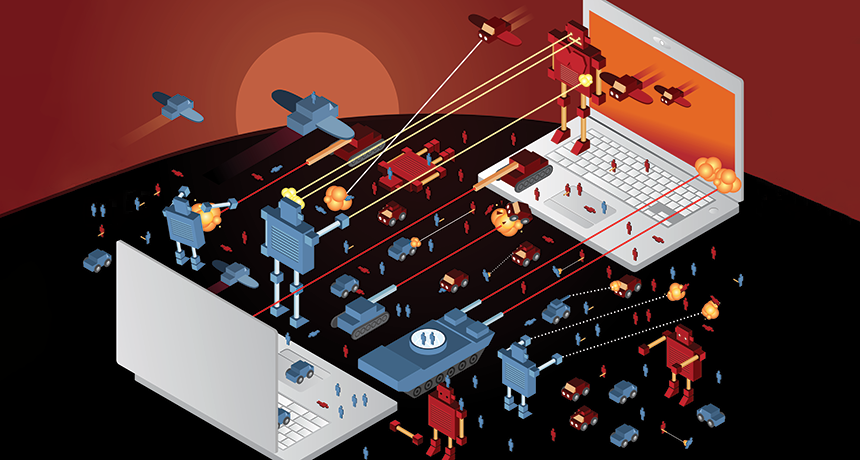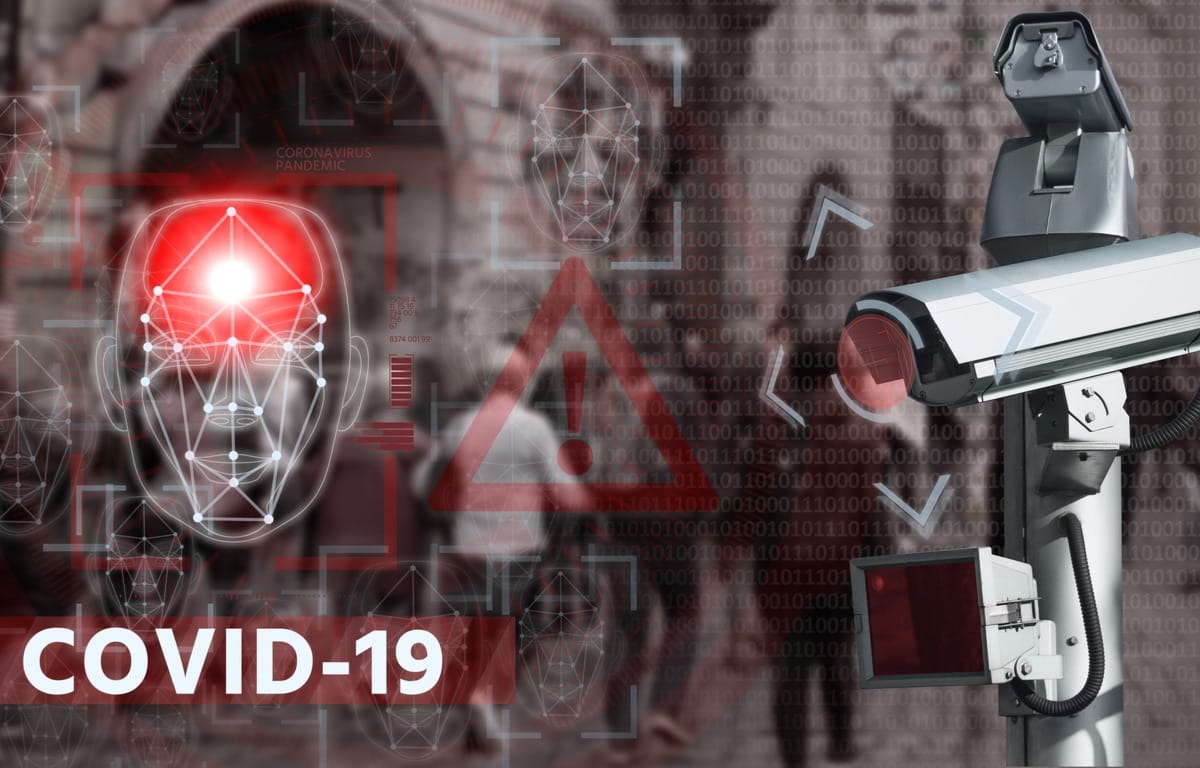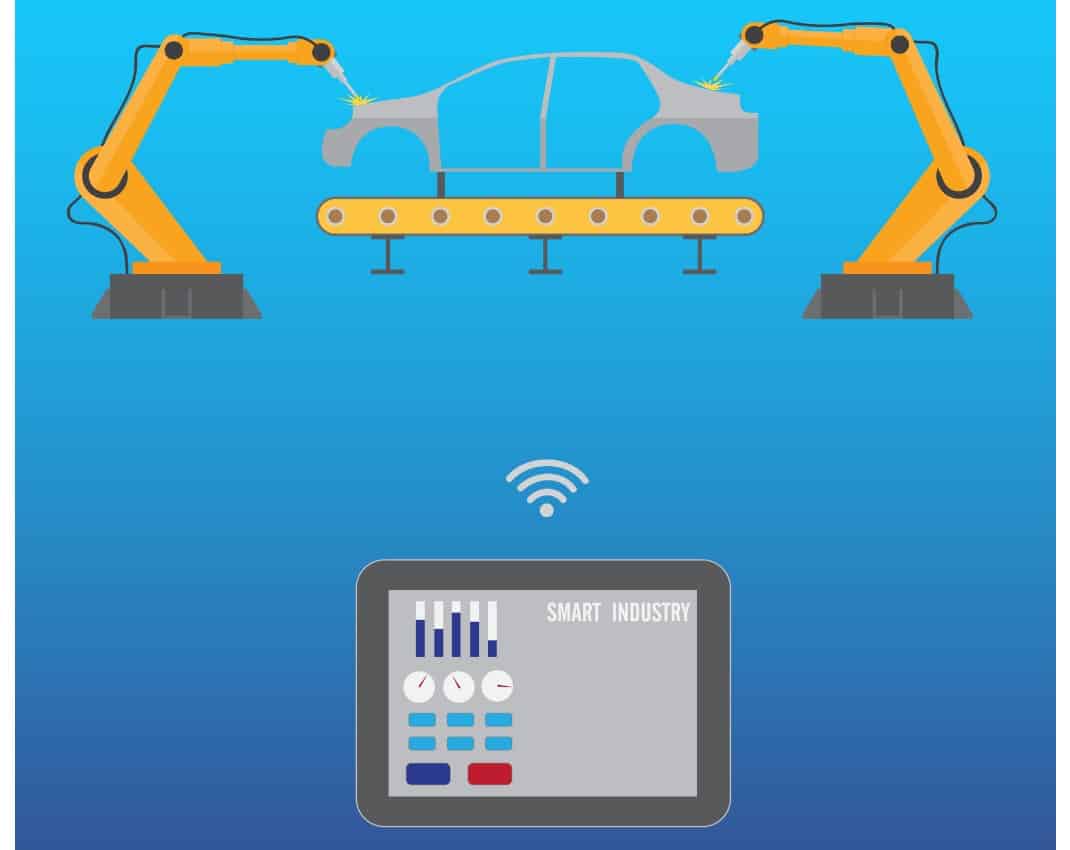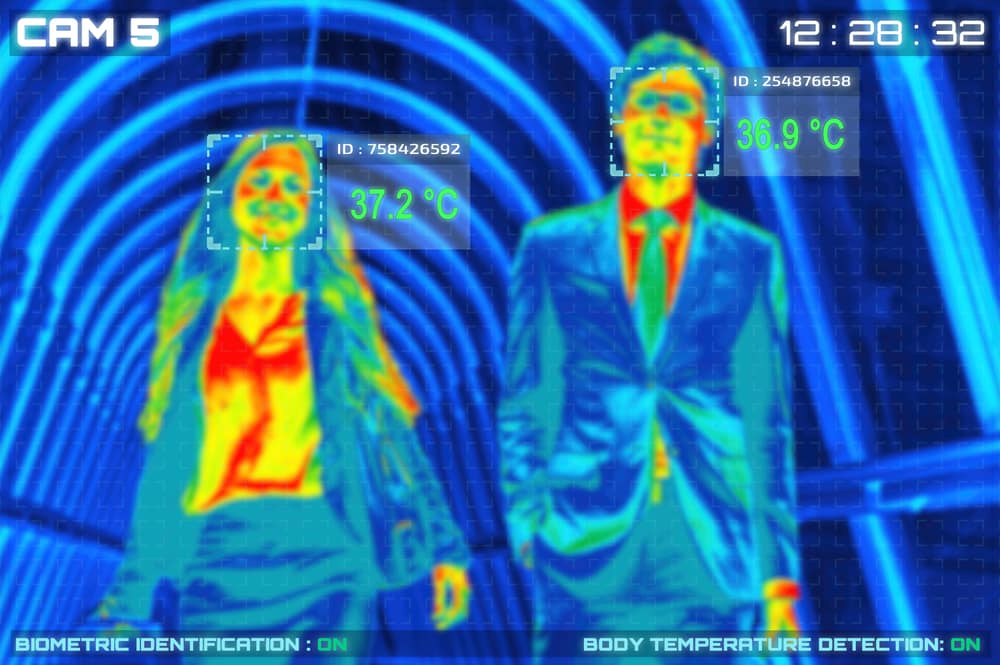
What is AI in Gaming?
AI in gaming means adaptive as well as responsive video game experiences facilitated through non-playable characters behaving creatively as if they are being controlled by a human game player.
From the software that controlled a Pong paddle or a Pac-Man ghost to the universe-constructing algorithms of the space exploration Elite, Artificial intelligence (AI) in gaming isn’t a recent innovation. It was as early as 1949, when a cryptographer Claude Shannon pondered the one-player chess game, on a computer. Gaming has been an important key for the development of AI. Researchers have been employing its technology in unique and interesting ways for decades.
The Mind Game has been primarily designed to gauge the psychological state of mind of young recruits. It essentially presents its players with a set of impossible situations that tests their mental fortitude in the face of inescapable defeat. While the game seems to be endlessly procedural, it also generates environments and situations on the fly, allowing players to perform any action in a virtual world just as they would in reality. Moreover, it also responds to the psychological state of its players, in order to adapt and respond to human behaviour as the game proceeds.
The Mind Game, essentially is a starting point for the future of video games and artificial intelligence. Today, the maximised improvements in technology including consoles, cloud, connectedness, ultra-powerful graphics cards, VR, headsets, and rendering algorithms have managed to power AI in delivering beyond impressive environments and virtual characters in exhibiting human behaviour and intelligence. Developers and game designers today have now started to tackle the fundamental threads of AI in gaming with its recent advances in the field. They have begun to move from experimental labs and into playable products and usable development tools to achieve more realism in artificial environments.
History of AI in Gaming
Back in 1992, Wolfestein 3D was released. The soldiers in that game had a rudimentary form in Artificial Intelligence. FSM or the Finite State Machine algorithm is simple. In this algorithm, designers create a list of all possible events that a bot can experience. After this, designers can assign specific responses to each situation (Lou, 2017). The developers of Wolfenstein, back in 1992, must have considered all possible situations that an enemy soldier could experience. The hero (Blazkowicz) could walk into view, he could get shot from the back, people could lose sight of him, and more. At that time, developers of the game would compile a list of these situations, and for each of them, they would tell the bot what to do.
AI in the Gaming Experience
Until recently, the kind of self-learning AI — namely, the Deep Learning subset of the Machine Learning revolution — that has led to advances in self-driving cars, computer vision, and natural language processing has not entirely stepped foot into the commercial game development. However, there definitely seems to exist a point in the future, when developers will gain access to these tools to create immersive and intelligent games. This could possibly result in development tools which will automate the basics of sophisticated games that are capable of changing and responding to player feedback, along with in-game characters that will evolve as more time is spent with them.

Since the early days of this medium, game developers have been programming software in such a way that it not only pretends like it’s a human, but also helps create virtual worlds without human interference from scratch. However, today, even the most boundary-pushing game design does not exactly revolve around modern AI. It rather circles around creating a set of complex systems that result in emergent gameplay. For instance, Rockstar’s hyper-realistic Western game Red Dead Redemption 2, allows players to interact with non-playable characters in a myriad of ways, eliciting different reactions depending on everything – including actions like a hat being worn or even the blood stains on it.
This type of AI that aims at building a sense of realism instead of game-breaking outcomes, is the kind of AI that most developers are trying to achieve – regardless of the intelligence of the pieces. Again, the goal, historically, however, has not been to achieve an unprecedented level of human-like intelligence, but instead to create an experience that engages and stimulates players in ways that emulate reality. Yet, that is only 50 percent of AI, according to Mike Cook (a Royal Academy of Engineering Research Fellow at Queen Mary University of London). “The other 50 percent of AI is psychology. It’s how people react to machines and technology and how they perceive them. And actually, a lot of game AI ended up digging deep into that”, he says. Additionally, larger studios will definitely push open the envelope when it comes to crafting open-world environments and creating systems are closer to achieve the complexity of reality.
AI in the Gaming Business
AI’s contribution to the gaming industry overpowers the sector of gaming business, rather than the gaming experience sector. Investors have realised that the gaming industry is rapidly blending with real-world experiences. Considering that the monetization opportunities of this blended world will only continue to have an upward graph, AI powered tools are being won over by them.
According to Julian Togelius, an associate professor at New York University’s department of computer science and engineering who specializes in the intersection of AI and video games – handing control over to intelligent software systems could radically shift how we think about the very nature of games. However, the most exciting element, perhaps, in the vision of the future is not just a piece of software that has taken on an artistic role in the process of building games, but also that this type of technology could create experiences so tailored to preferences that are constantly dynamic and evergreen.

Putting it all together, AI and gaming not only go hand in hand but are also extremely symbiotic. While cutting edge technology has always operated to make better games, game theory is only contributing to improving the applications of AI practice.
FAQs
- How is AI used in gaming?
A: AI guides the actions of the NPC through the application of pathfinding and decision tree techniques. The actions of the players, therefore, produce different outcomes improving the entertainment value of the game to the players.
- Which AI game is best?
- Minecraft
- F.E.A.R 3. IGN
- The Last of US 2. GameNews
- Starcraft II: Wings of Liberty. Mutio86
- Tom Clancy’s Splinter Cell: Blacklist. Ubisoft
- ARMA 3. IGN
- Creativerse. Playful
- Halo 5: Guardians. Xbox
- Can video games enhance artificial intelligence?
A: Yes, video games push the limits of capabilities of computer algorithms and therefore it is the perfect ground to test the application of AI in real-life scenarios.
- Why is AI in games so bad?
A: One of the major challenges of applying AI in game design, is that the game designer wants to limit the AI to be beatable by the player.
- How did AI begin?
A: AI in gaming was applied first in the computerized game called Nim in 1952. The scientific study of AI was carried out around the same time, and Alan Turing is considered the father of AI.
- How video games are programmed?
A: The video games are mostly designed in C++ and Java. C# and Unity are also popular languages among video game programmers.
- What is the Minimax algorithm in AI?
A: A backtracking algorithm used for decision making, considers the opponent’s optimal move and provides the optimal move to the player.
Read more on Artificial intelligence.
Explore a career in Artificial Intelligence.








